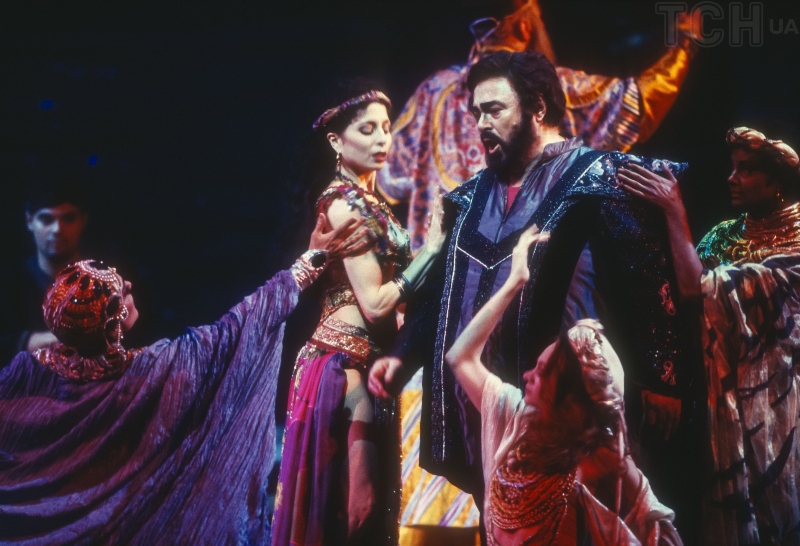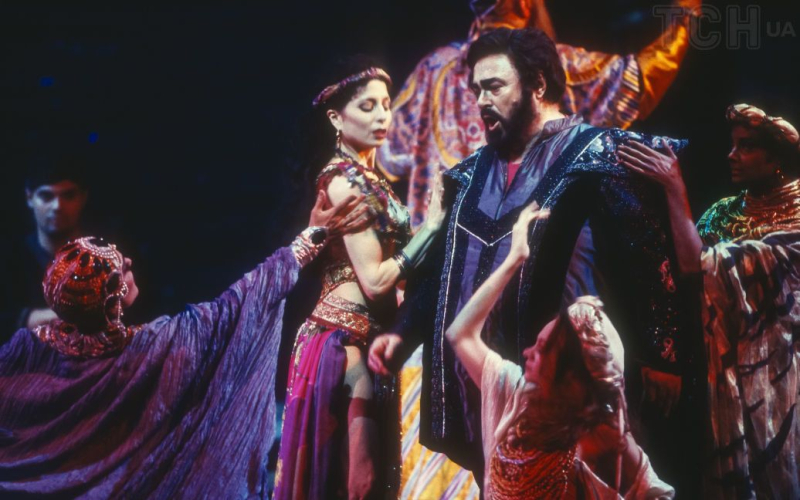Today there are about 60 opera houses in Italy.
Italian opera singing has been included in the UN cultural heritage list.
This is reported by the BBC.
The UN cultural agency UNESCO announced that it has included four centuries of ancient art that combines costume, drama and music as an intangible cultural heritage.
Italian opera developed in the late 1500s and early 1600s in Florence, at the court of the Medici family. Usually these are complex plots, carefully thought-out staging and virtuoso singing. Opera singing is combined with other famous Italian practices, such as pizza making and the art of alpine climbing.
“This is official confirmation of what we already knew: opera singing is world excellence,” Italian Culture Minister Gennaro Sangiuliano said in a statement following the UNESCO decision.
UNESCO described Italian opera as “a physiologically controlled mode of singing that increases the power of the voice in acoustic spaces such as amphitheaters and churches.”
The first major opera composer is considered to be the Italian Claudio Monteverdi, who lived from 1567 to 1643.
Today Italy has about 60 opera houses, a world record, and opera singers such as the 20th century tenor Luciano Pavarotti are respected as major stars.

Making a statement at a meeting on the protection of cultural heritage in Botswana, UNESCO also included a Peruvian ceviche, a painting of Bangladeshi rickshaws, Uzbek ceramics, weaving loincloths in Cote d'Ivoire and a number of other customs and traditions of non-material cultures.
Recall that Pantone announced the main color of 2024. The shade chosen was “warm and cozy”.
Related topics:
More news

